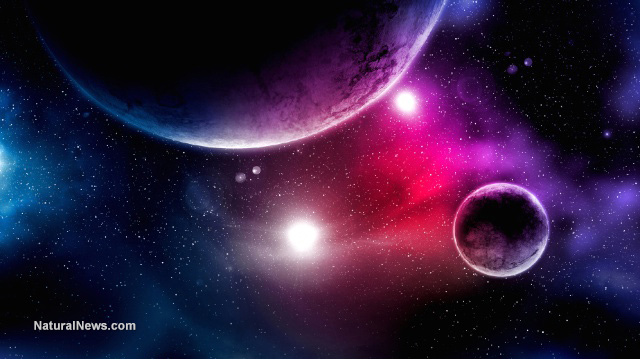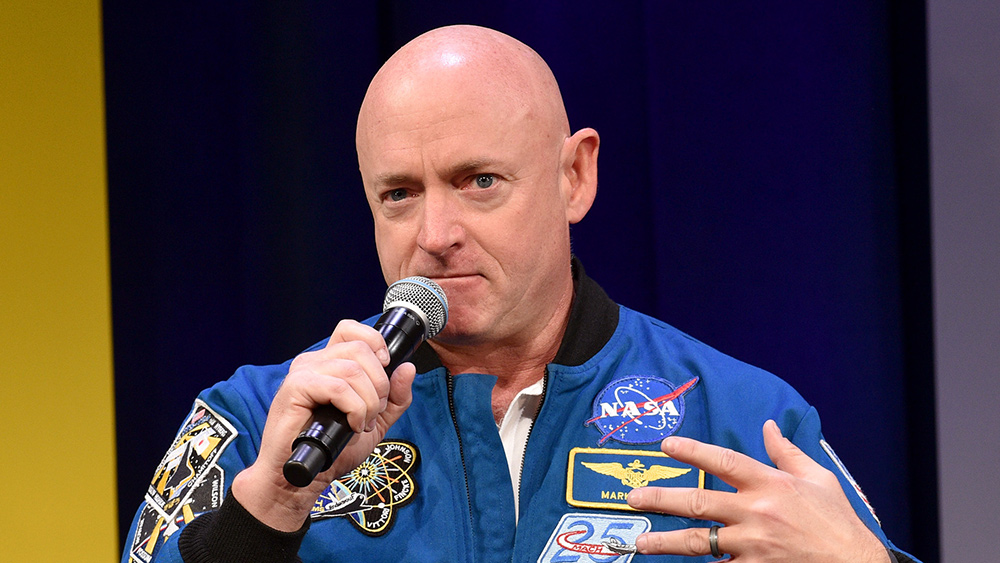
The head of the Chinese space agency recently unveiled his country's plans for the moon. China wants to set up a research and refueling moon base within the next 10 years. Of course, it's really going to be a military station to achieve "high ground" dominance over Earth.
China National Space Administration (CNSA) administrator Zhang Kejian announced that they would set up the future lunar base near the south pole. The region contains plenty of ice that may be mined and melted into liquid water.
In turn, the water will not only sustain human astronauts, but it will also serve as an ingredient in rocket fuel for spacecraft.
Kejian added that China would share the moon base with multiple nations.
The Chinese moon base will initially serve as a research laboratory. In the future, it may become a refueling station for trips to Mars and other parts of the solar system.
“Building a lunar base will accumulate experience for an eventual landing on the moon and serve as a stopover as we fly to Mars,” trumpeted the state-run Beijing News. (Related: Solar power 24/7: China plans to build first solar power station in space and beam power to Earth.)
China plans to build a moon base within the next decade
Kejian unveiled the lunar mission timeline on China's National Space Day. The day also doubled as the 46th anniversary of the country's first artificial satellite.
Earlier in 2019, a Chinese spacecraft achieved the country's first soft lunar landing. It was also the first mission to investigate the far side of the moon.
The Chang'e-4 lander delivered a rover to the surface of the moon. The two Chinese craft examined the chemical composition of the rocks on the far side. Their data got compared to samples taken from the near side.
The "dark side" gets its nickname because of its mystery and not for lack of light or heat. Temperatures hit 200 C (390 F) during the day. So, the Chinese rover stays dormant until the cooler night period.
“It’s an aggressive timeline, but not impossible,” remarked former NASA astronaut Leroy Chiao on China's lunar program. “The architecture now being developed is more about building sustainable infrastructure to keep a human presence there.”
Future American-crewed space missions will also target the lunar south pole. NASA's Lunar Reconnaissance Orbiter already made thorough maps of the entire region.
The moon's south pole features many permanently shadowed craters that contain ice. Its frozen deposits may serve as a reliable source of water for future missions.
In the future, the moon may become a pit stop for future missions to Mars, the rest of the solar system, and beyond.
A new global space race between the U.S., China, and Russia
The Chinese space program serves as a core part of President Xi Jinping's "national revival" program. It seeks to spur aviation, artificial intelligence, and robotics research.
Jinping's plan seems to be working. In recent years, the Chinese population expressed increasing support for space exploration.
The next step for the CNSA is another lunar mission with a tentative date of December 2019. The new spacecraft will gather samples of moon rocks and haul them back to Earth. Zhang said that they will study the rocks, as well as show them off.
China is not the only foreign country rushing to the moon and the stars. Russia also plans to build a habitable moon base.
Unlike its competitors, the Russians have set a longer timeline for their arrival on the moon. They plan to start building their lunar base after 2035.
Meanwhile, the Trump administration has declared that it would return American astronauts to the moon on or before 2024. Vice President Mike Pence described China as a competitor to America in a global space race. Check out MilitaryTech.news for more coverage of military technology from China and other nations.
Sources include:
Please contact us for more information.





















